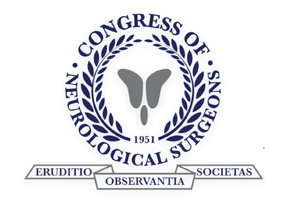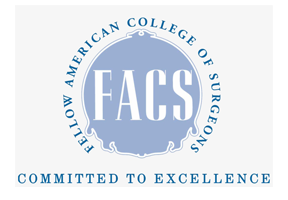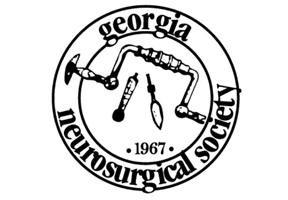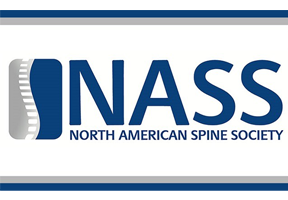More than just bones, your spine has many different parts – spinal cord, facet joint, transverse process, spinous process, and more. There are nerves that travel through the spine that carry important information from the brain to the rest of the body. If spinal stenosis is present, the space within your spine begins to narrow, making it increasingly difficult for these important nerves to travel. Allow us to provide vital information about the two main types of spinal stenosis and symptoms of this condition:
2 Types of Spinal Stenosis – Cervical & Lumbar
To accurately diagnose your condition, your GNI neurosurgeon will determine exactly where the stenosis is occurring in your spine. The location(s) of the condition will establish which stenosis is afflicting you. The two most common types of spinal stenosis are cervical and lumbar; allow us to highlight the two:
Cervical stenosis is characterized by the narrowing of spine space in your neck, while lumbar spinal stenosis is characterized by the narrowing of spine space in your lower back.
Symptoms of Spinal Stenosis
In some cases, spinal stenosis does not present any symptoms. When this is the case, spinal stenosis is diagnosed via an MRI or CT scan. Eventually, symptoms will surface and begin to worsen over time.
If you have cervical stenosis, you may experience the following symptoms:
- Balance or mobility issues
- Pain in the neck
- Numbness, tingling, or weakness in the hand, arm, foot, or leg
- Urinary incontinence or bowel disfunction (severe cases)
If you have lumbar spinal stenosis, you may experience the following symptoms:
- Pain in the back
- Pain in legs after standing/walking for long periods of time
- Numbness, tingling, or weakness in the foot or leg
Your GNI neurosurgeons are spinal stenosis experts!
If you’re dealing with frustrating spinal stenosis symptoms, don’t wait another day to contact your GNI neurosurgeons for relief. We will determine the best approach to treatment to help you find relief. Call us today with your questions: 478-743-7092







